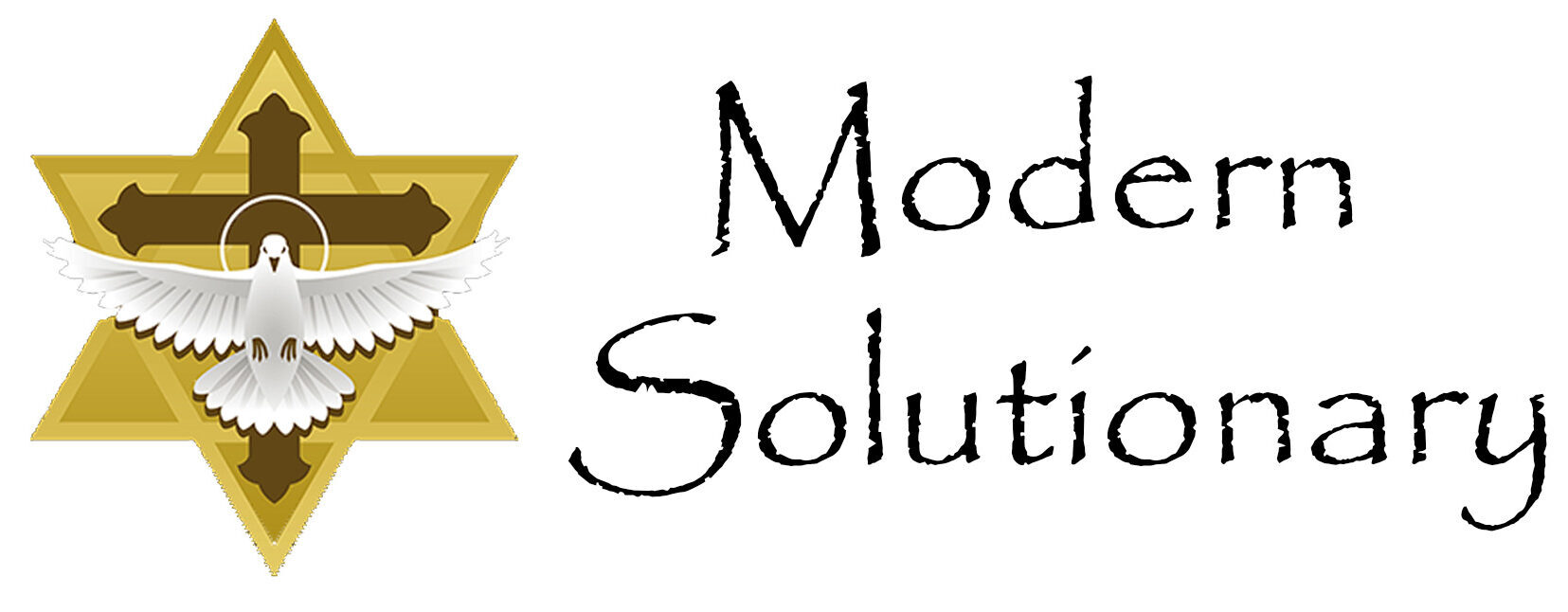
Our ability to communicate complex ideas and emotions through language sets us apart from the rest of the animal kingdom. We build intricate symbol systems, from spoken words to art and music, allowing us to share knowledge, experiences, and emotions across generations and cultures. We do this through the Power of the Wisdom of Three, the methods of communication: Verbal, Non-Verbal, and Visual.
Language and symbolic storytelling are two of the most fundamental characteristics of humanity that have contributed to the development of society. Language is a primary tool for communication and expression, while symbolic storytelling is a means of conveying complex ideas and emotions through symbols and metaphors.
The benefits of language in society are numerous. It enables us to communicate with one another, share ideas, and express our thoughts and feelings. Language also helps us to understand and appreciate different cultures, and it is essential for social interaction and cooperation.
Symbolic storytelling, on the other hand, has been used throughout history to convey important messages and values. It allows us to explore complex ideas and emotions in a way that is accessible and engaging. Symbolic storytelling can also help us to understand and appreciate different perspectives, and it is an important tool for building empathy and compassion.
While language and symbolic storytelling share some similarities, they differ in several ways. Language is primarily concerned with communication and expression, while symbolic storytelling is more focused on conveying meaning through symbols and metaphors. Additionally, language is often used to convey factual information, while symbolic storytelling is more concerned with conveying abstract concepts and emotions.
In conclusion, both language and symbolic storytelling are essential characteristics of humanity that have contributed to the development of society. While they share some similarities, they differ in several ways and are both important for understanding and appreciating the world around us.
